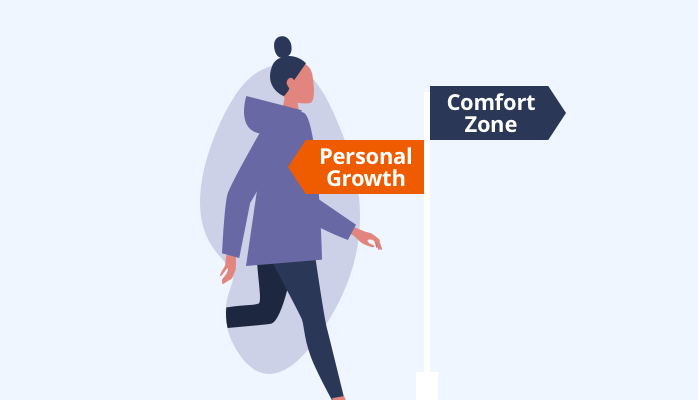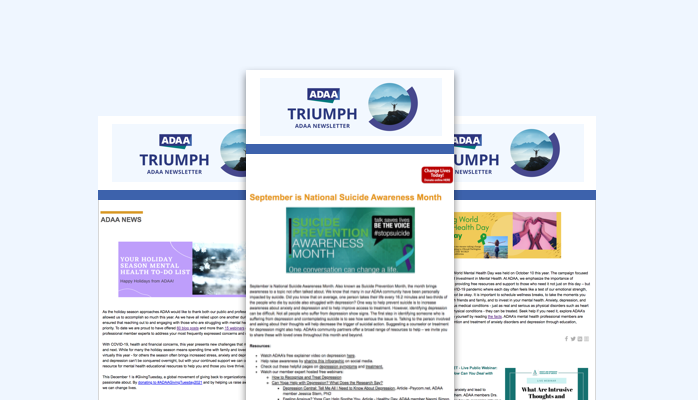
Social Camouflaging in Autistic Adolescents and its Association with Social Processes and Anxiety
Internalizing symptoms are more prevalent among autistic adolescents than their non-autistic peers, and can be explained, in part, by social camouflaging. In autism, social camouflaging is a compensatory behavior used to suppress autistic traits in social situations that is associated with certain social processes (e.g., fear of negative evaluation) and higher internalizing symptoms. Previous research has targeted adult populations, limiting what is known about social camouflaging in autistic adolescents. Therefore, the present study examined social camouflaging among autistic adolescents and relationships with social processes (I.e., brief fear of negative evaluation, social anxiety, autistic traits, social connectedness, internalizing symptoms). The purpose of this webinar is to share the findings of this study to professionals as a way to inform risk stratification and interventions for autistic adolescents. It is also meant to encourage future research to investigate these constructs in larger samples of autistic adolescents and across developmental periods (e.g., transition to adulthood).
Learning Objectives:
- Explore social camouflaging among autistic adolescents by investigating relationships with social processes (e.g., brief fear of negative evaluation, social anxiety, autistic traits, social connectedness, and internalizing behaviors).
- Predict how much of each variable explain the likelihood autistic individuals repress their autistic traits.
- Determine if social camouflaging varies among groups with high and low social anxiety













